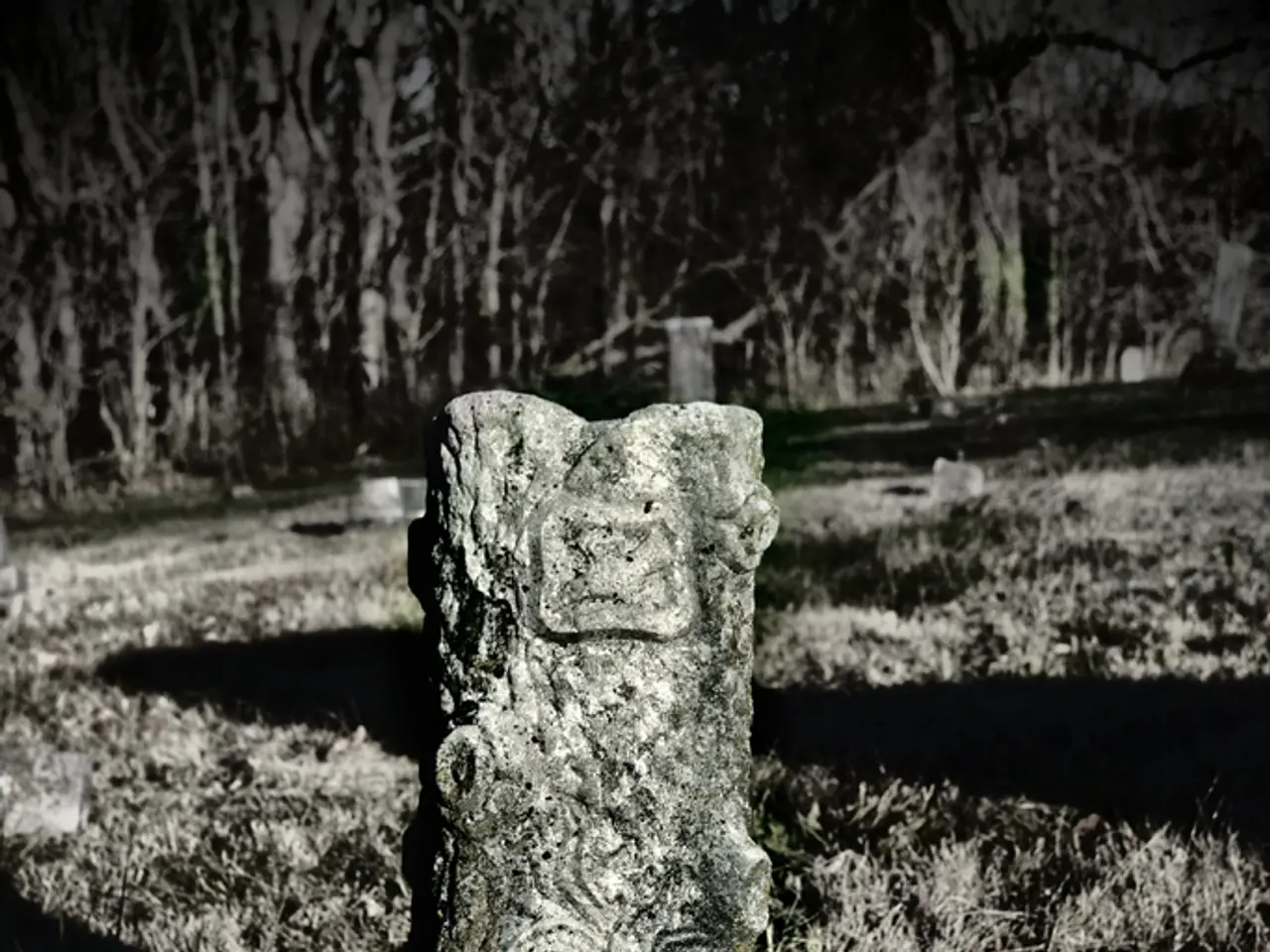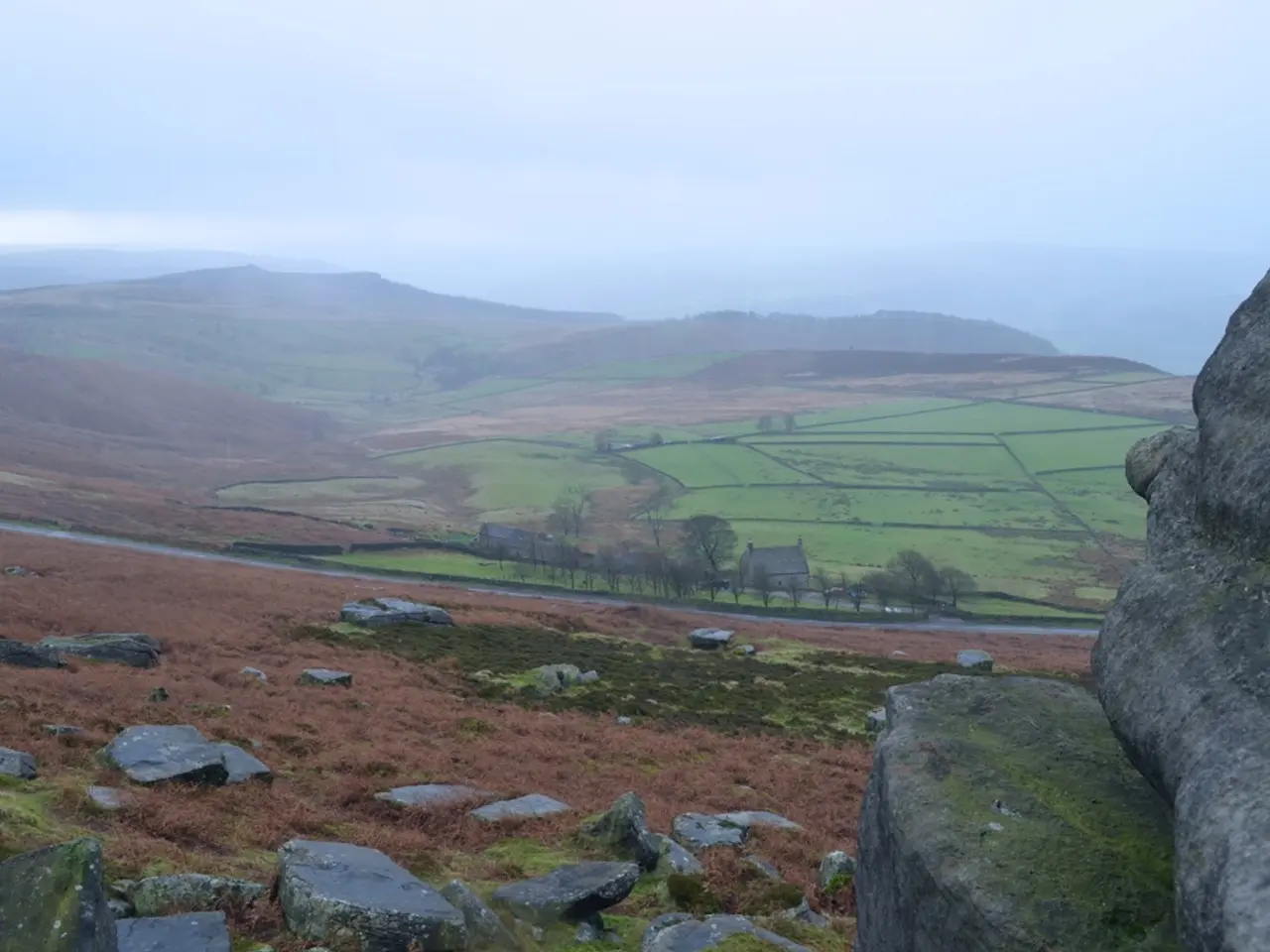Explore the Petrified Forest National Park: Wander through a land of petrified logs and colorful badlands in this captivating national park.
Nestled in the heart of northeast Arizona lies the Petrified Forest National Park, a unique blend of ancient history and breathtaking geology that spans millions of years.
**A Rich Human History**
The park's earliest human inhabitants, belonging to the Clovis culture, arrived around 13,000 years ago. By approximately 2,500 years ago, Ancestral Pueblo farmers lived in the area, with their communities evolving from subterranean pit houses to above-ground masonry pueblos and communal kivas. Around AD 1450, these communities migrated to nearby Hopi and Zuni areas, whose descendants remain today.
Over 1,000 archaeological sites, including petroglyphs, have been found within the park, highlighting its long human history and ongoing cultural significance. Spanish explorers visited the area in the 16th century, and by the mid-19th century, U.S. surveys recognized the presence of petrified wood here.
Officially designated as a National Monument by President Theodore Roosevelt in 1906 using the Antiquities Act, the park has been protected and studied extensively since then.
**A Geological Wonder**
The park's signature feature is the extensive deposits of petrified wood formed during the Late Triassic period, about 225 million years ago. Fallen trees accumulated in river channels and were periodically buried by sediment containing volcanic ash. Groundwater dissolved silica from the volcanic ash and carried it into the wood, replacing the organic material with quartz crystals. This process, called permineralization, preserved the original structure of the wood while transforming it into colorful, crystalline fossils.
The variety of colors in the petrified wood comes from traces of iron oxide and other minerals combined with the silica. The park also preserves the Painted Desert badlands to the north, exhibiting vibrant hues of red, pink, white, and gray. These badlands consist of layered sediments that have eroded into unusual, otherworldly terrain, including hills of gray, blue, and purple colors.
In addition to petrified wood, the park contains fossils of prehistoric creatures from the Triassic period, contributing to its scientific importance.
**Visiting the Park**
Entrance fees for the park include individual entry at $5 for a seven-day pass, private non-commercial vehicle entry at $10 for a seven-day pass, and $20 for an annual pass. Major facilities in the park, including concessions, are accessible. Portions of some trails, such as Giant Logs and Puerco Pueblo, are also accessible.
Visitors should avoid sick or dead animals, rodent nests or burrows, and should not approach any park animals. Hikers should carry their own water and sun protection, as there are no developed trails or water sources in the park's wilderness.
The park's weather is generally hot in the summer, with occasional snow in the winter. High winds can occur at any time of year. Humidity is usually low. There are no campgrounds in the park, but they are available in nearby communities. Overnight backpacking is allowed in the Painted Desert wilderness with a permit.
Wildlife should be observed from a distance, and should not be fed. Pets should not be left in parked cars, as the temperature inside can quickly reach dangerous levels.
The Golden Access Passport, available to permanent U.S. residents who are eligible to receive federal benefits based on disability, offers free admission to the park and half-price camping. Visitor facilities in the park include a Visitor Center, the Painted Desert Inn NHL, and the Rainbow Forest Museum.
A free permit must be obtained for overnight wilderness camping. Permits are available at the Painted Desert Visitor Center or the Rainbow Forest Museum. In 1970, 20,250 hectares (50,000 acres) were further set aside as wilderness. Visitors should be aware of high elevations, ultraviolet radiation, and lightning risks while in the park.
In summary, Petrified Forest National Park is a unique geological treasure showcasing ancient forests turned to stone through natural processes millions of years ago, alongside a deep human heritage spanning over 13,000 years. Its landscape offers colorful desert vistas, fossil riches, and archaeological sites vital to understanding both natural history and indigenous cultures.
- The Petrified Forest National Park is nestled in the heart of northeast Arizona.
- The park's earliest inhabitants, the Clovis culture, arrived around 13,000 years ago.
- By approximately 2,500 years ago, Ancestral Pueblo farmers lived in the area.
- Over 1,000 archaeological sites, including petroglyphs, have been found within the park.
- Spanish explorers visited the park in the 16th century.
- The park was officially designated as a National Monument by President Theodore Roosevelt in 1906 using the Antiquities Act.
- The park's signature feature is the extensive deposits of petrified wood formed during the Late Triassic period.
- The park also preserves the Painted Desert badlands to the north, exhibiting vibrant hues of red, pink, white, and gray.
- In addition to petrified wood, the park contains fossils of prehistoric creatures from the Triassic period.
- Entrance fees for the park include individual entry at $5 for a seven-day pass.
- Hikers should carry their own water and sun protection, as there are no developed trails or water sources in the park's wilderness.
- The park's weather is generally hot in the summer, with occasional snow in the winter.
- Wildlife should be observed from a distance, and should not be fed.
- Pets should not be left in parked cars, as the temperature inside can quickly reach dangerous levels.
- The Golden Access Passport offers free admission to the park and half-price camping.
- A free permit must be obtained for overnight wilderness camping.
- Visitors should be aware of high elevations, ultraviolet radiation, and lightning risks while in the park, making it an exciting adventure for hikers and campers alike.




